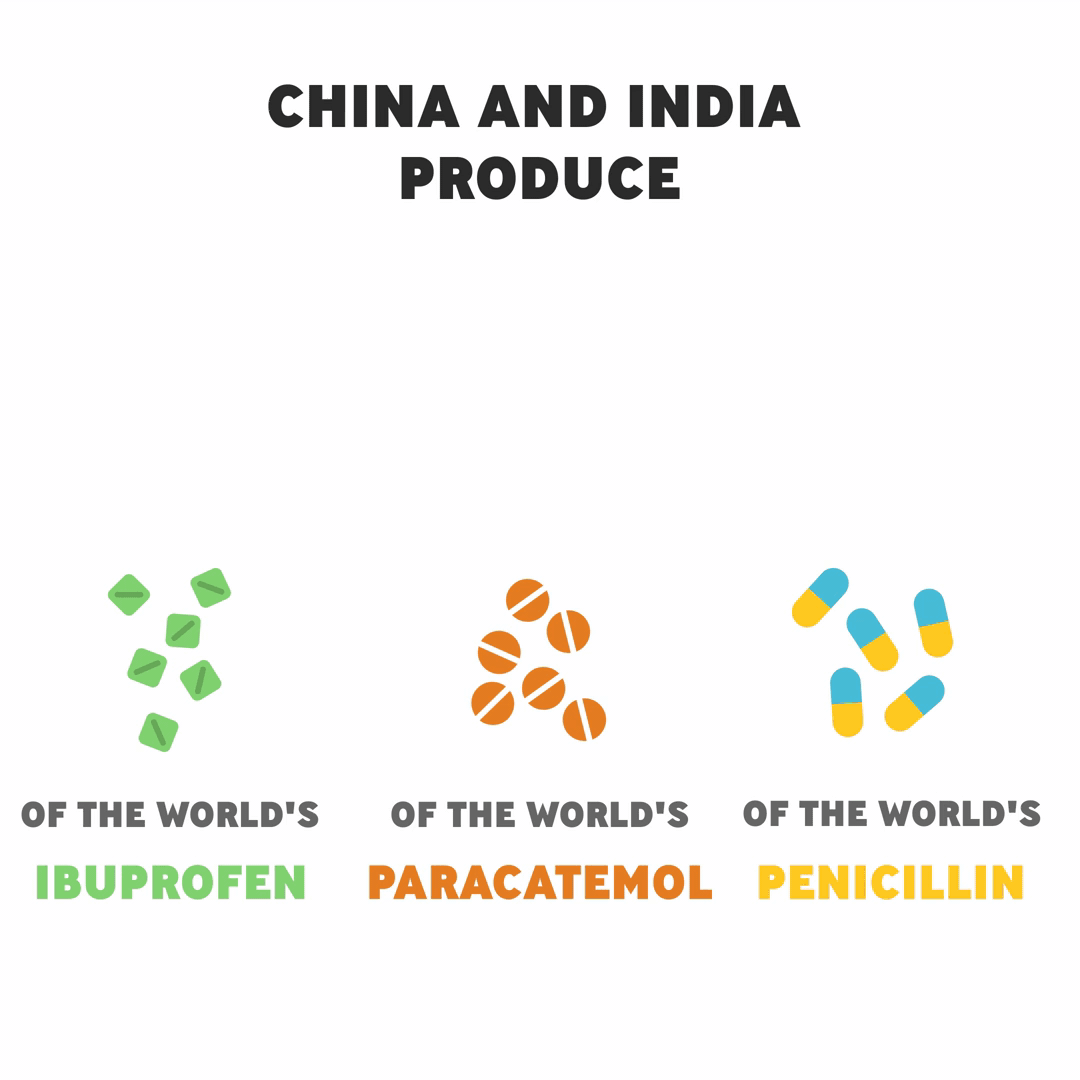By Diego Tonelli and Valeria Iansante
When Alexander Fleming1 arrived at his laboratory on the morning of 3 September, 1928, little did he know he was about to change the course of human history. A petri dish he had accidentally left out became contaminated with mould that killed the bacteria he was observing. The discovery led to the development of one of the world’s first mass-produced antibiotics, penicillin, which has saved more than 200 million lives2 since it was first used.
The story of pharmaceuticals is the story of discovery and ground-breaking research. But as the pharmaceutical industry has grown into one of the world’s largest industries, so has the cost of innovation. A 2020 study estimated that companies spend approximately $1 billion on research and development to bring a new medicine to the market.
The development of new medicines and therapies, however, needs to be followed by significant advances in pharmaceutical manufacturing. But pharma companies have tended to lag behind firms in other industries in adopting new technologies. Here we explain why they have been struggling – and how to deal with the problem.

